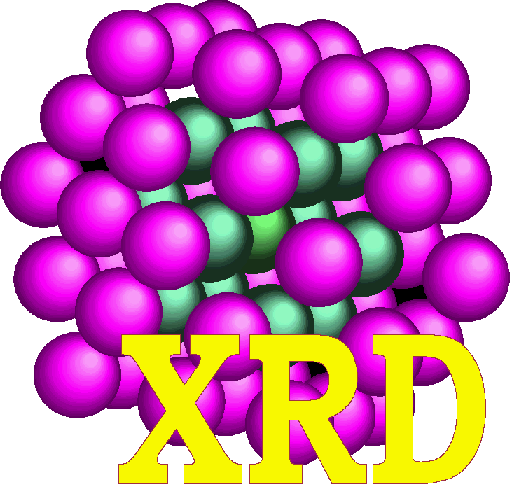Publication
Effect of Y Modified Ceria Support in Mono and Bimetallic Pd–Au Catalysts for Complete Benzene Oxidation
Author(s): Ilieva, Lyuba and Venezia, Anna Maria and Petrova, Petya and Pantaleo, Giuseppe and Liotta, Leonarda Francesca and Zanella, Rodolfo and Kaszkur, Zbigniew and Tabakova, Tatyana
Title: Effect of Y Modified Ceria Support in Mono and Bimetallic Pd–Au Catalysts for Complete Benzene Oxidation
Abstract: Mono metallic and bimetallic Pd (1 wt. %)–Au (3 wt. %) catalysts were prepared using two ceria supports doped with 1 wt. % Y2O3. Yttrium was added by impregnation or co-precipitation. The catalyst synthesis was carried out by deposition–precipitation method, with sequential deposition–precipitation of palladium over previously loaded gold in the case of the bimetallic samples. The obtained materials, characterized by X-ray powder diffraction (XRD), High resolution transmission electron microscopy (HRTEM), X-ray photoelectron spectroscopy (XPS), and temperature programmed reduction (TPR) techniques, were tested in the complete benzene oxidation (CBO). The results of the characterization analyses and the catalytic performance pointed to a close relationship between structural, redox, and catalytic properties of mono and bimetallic catalysts. Among the monometallic systems, Pd catalysts were more active as compared to the corresponding Au catalysts. The bimetallic systems exhibited the best combustion activity. In particular, over Pd–Au supported on Y-impregnated ceria, 100% of benzene conversion towards total oxidation at the temperature of 150 °C was obtained. Comparison of surface sensitive XPS results of fresh and spent catalysts ascertained the redox character of the reaction.
Journal: Catalysts
Volume: 8
Year: 2018
URL: https://www.mdpi.com/2073-4344/8/7/283
DOI: 10.3390/catal8070283



